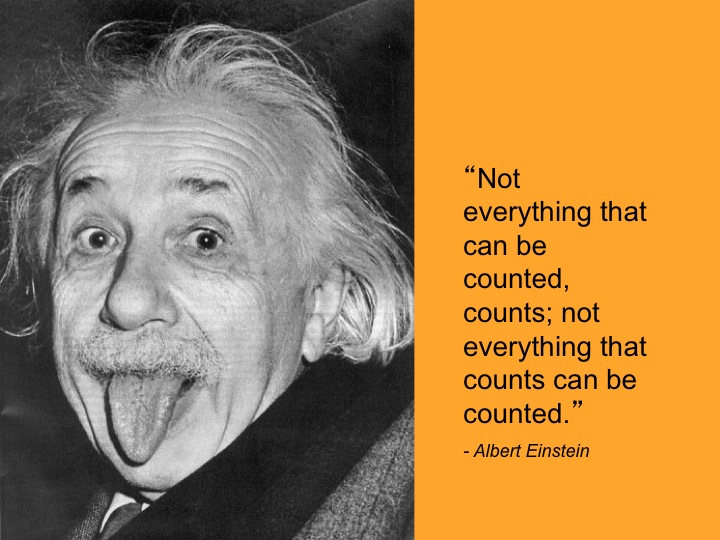 Because it traditionally couldn’t be measured in hard dollars as advertising was, PR was always on the edge of being fully incorporated into marketing communications program. Since a value could not as easily be attributed to PR, many marketers just couldn’t grasp the true value of the practice.
Because it traditionally couldn’t be measured in hard dollars as advertising was, PR was always on the edge of being fully incorporated into marketing communications program. Since a value could not as easily be attributed to PR, many marketers just couldn’t grasp the true value of the practice.
The truth is, PR adds tremendous value. The other truth is that it is really hard to quantify, especially nowadays with the overabundance of data misconstruing the true (yet still relevant) value of PR. In this digitally driven society of repeated and retweeted news how does one determine the value of the PR? It isn’t like comparing apples to apples anymore – trying to compare a full page ad to an article written or a blub that has been published and how that translates into a dollar amount. With pieces of news appearing virtually everywhere on the web, showing the true value of PR is a challenge.
Where news is published, how many people read it, and most importantly, the way in which messages are perceived all have a tangible impact on a company’s perception, customer base and bottom line. But without a method for accurately collecting and analyzing such data, it’s difficult to measure the effectiveness and impact of your PR efforts.
Measurement and Analysis of Data
As with anything you are paying for, you want to be able to measure its success and return on investment. Measuring the actual value of PR and media is something that continues to perplex marketing and PR executives worldwide. Why, you may ask. It’s simple really, the task of measuring, quantifying and analyzing something objectively that, in effect, is subjective, is really hard to do. It goes beyond dollars and cents.
Sure, you could use methods that have been used through the years, like advertising value equivalency to assess value of an article against the cost of related advertising space. A dollar amount is assigned based off of a publication’s rate card. But this tactic is really hard to do with things such as click through rates, quantifying leads based on downloads of whitepapers or how many times someone contacts sales.
PR still tends to be more of a practice of goodwill and feeling in the subjective sense. Tactics are subtle, making measuring value with quantitative data alone inaccurate. Qualitative data needs to be considered as well. Meaning you need to look at whether something written is positive, negative or neutral. Does a piece present a company’s mission statement and key messaging, what is the quality of the article based on its length and where has it been placed. PR is more a commodity of feeling and shaping opinions with soft skills – making measuring data tricky.
Sure, there are computerized systems that automate much of the monitoring process These systems combine what is found through using an electronic clipping service with a series of algorithm-based measurements to capture, categorize and assess company-specific coverage, as well as coverage of competitors in the industry. But even with all this ‘high-tech’ information, PR boils down to what the individual reader perceives from an article or blurb. And this is what most certainly needs to be measured, but can’t be, by an automated system.
How to Measure Branding Efforts
Let’s face it, a well thought out, strategic PR plan that is proactive and implemented correctly will increase trust and authority associated with the company as well as brand recognition. Measuring branding efforts needs to be considered its own category rather than compared to other more quantifiable marketing tactics. However, certain things can be measured “softly”, like having a trade publication editor reach out to your company more often for opinions and inclusion in article or roundtable discussions with industry peers. Just remember that you probably won’t be able to tie these efforts to an actual customer sale, especially with a long sales cycle. But if you heed that advice, you won’t be fighting an uphill battle with proving ROI for PR. Setting realistic expectations will help to win that for you.
